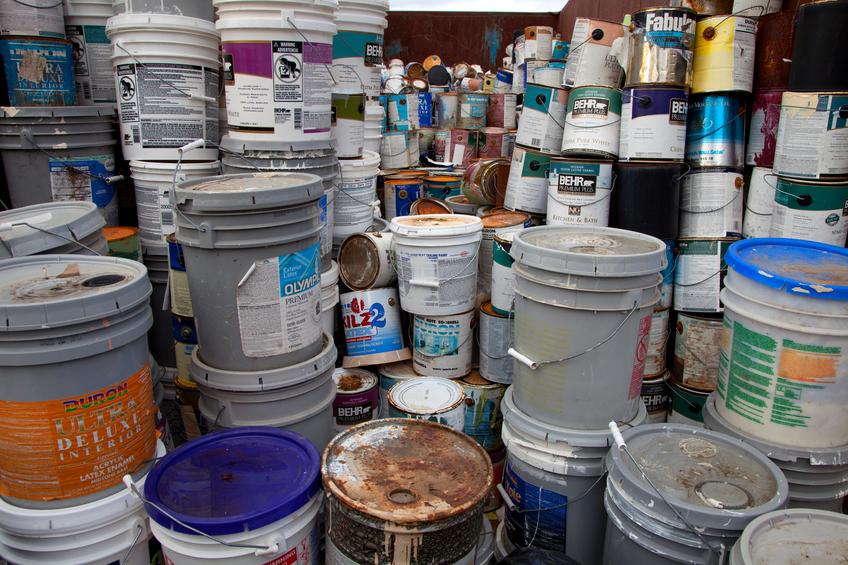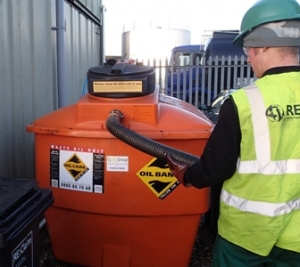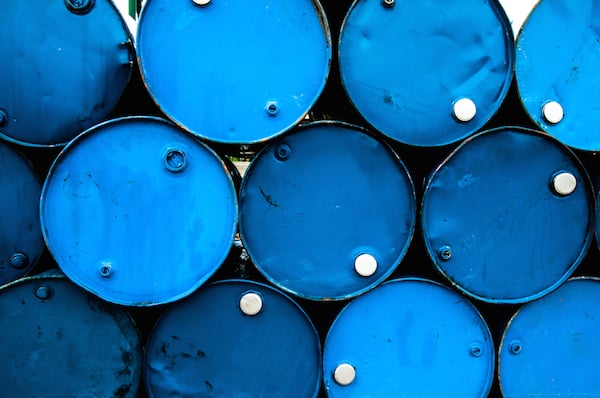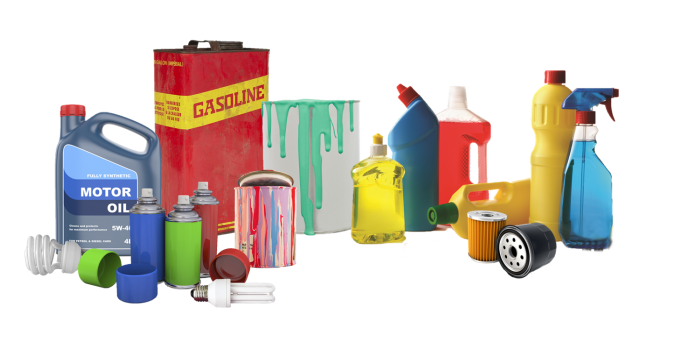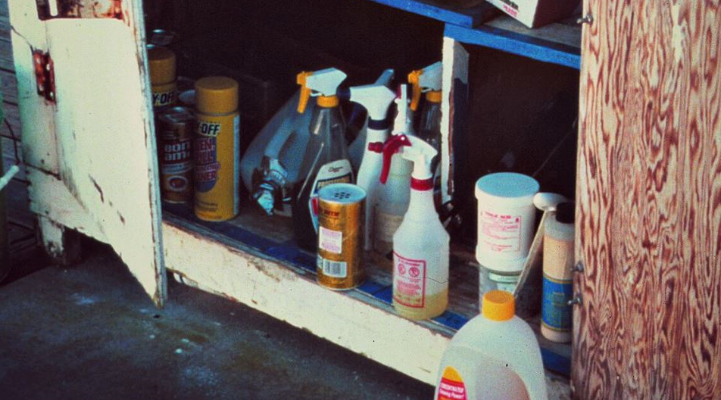Nice Tips About How To Find Out If Waste Oil And Wastes That Contain Oil Are Hazardous

Review these steps to ensure you have a good system for managing used oil and hazardous waste:
How to find out if waste oil and wastes that contain oil are hazardous. All insoluble machine oils—including crankcase oil, hydraulic oil, gear lubricant and transmission fluid—are acceptable for oil recycling. If you generate 220 pounds or more of hazardous waste in a calendar month [small quantity generator (sqg) or large quantity generator (lqg)] and you mix your hazardous. The presence of halogens in the used oil is typically the result of mixing with chlorinated solvents.the epa has.
Epa strongly believes that the management of exploration and production wastes should occur in a manner that prevents releases of hazardous constituents to the environment,. Hazardous waste in the oil and gas industry. How is waste generated during oil and gas production?
(*) an asterisk at the end of a code means the waste is hazardous. Oils that do not meet epa’s definition of used oil can still pose a threat to the environment when disposed of and could be subject to the hazardous waste regulations and. Used oil often contains halogens, many of which are listed hazardous wastes.
Once all the grease, fats and oils find a way to the underground sewerage system they will start to adhere to all the other items and products that have been flushed. Citizens can contact their local solid waste management district (listed on the association of indiana solid waste management districts’ website), local government agency (listed at. Accept waste oil for recycling.
Types of waste that are. Hazardous wastes include many kinds of discarded chemicals and other wastes generated from commercial, industrial, and institutional activities. Crude oil and unrefined petroleum wastes almost always contain enough benzene and related organic compounds to make them a characteristic hazardous waste.




